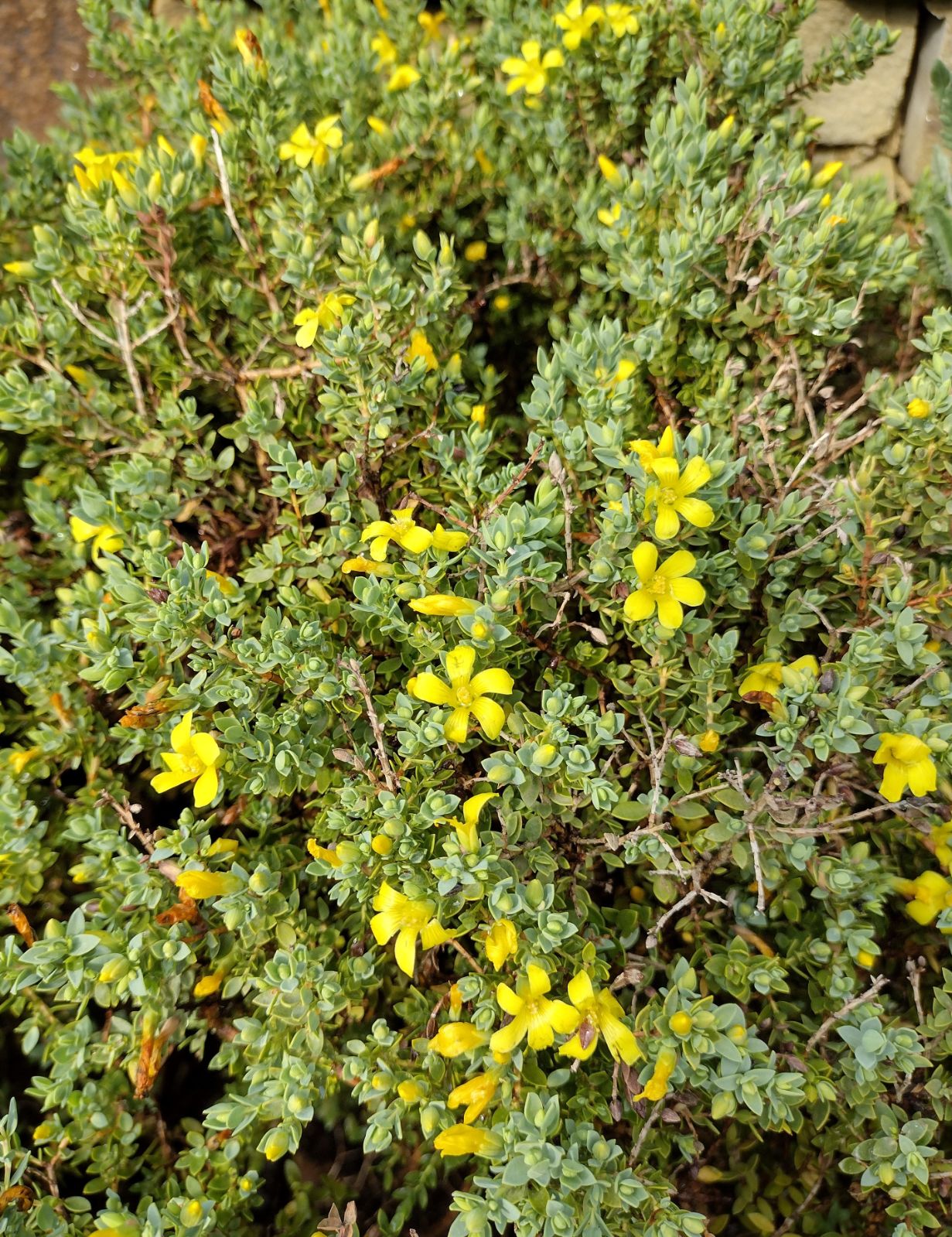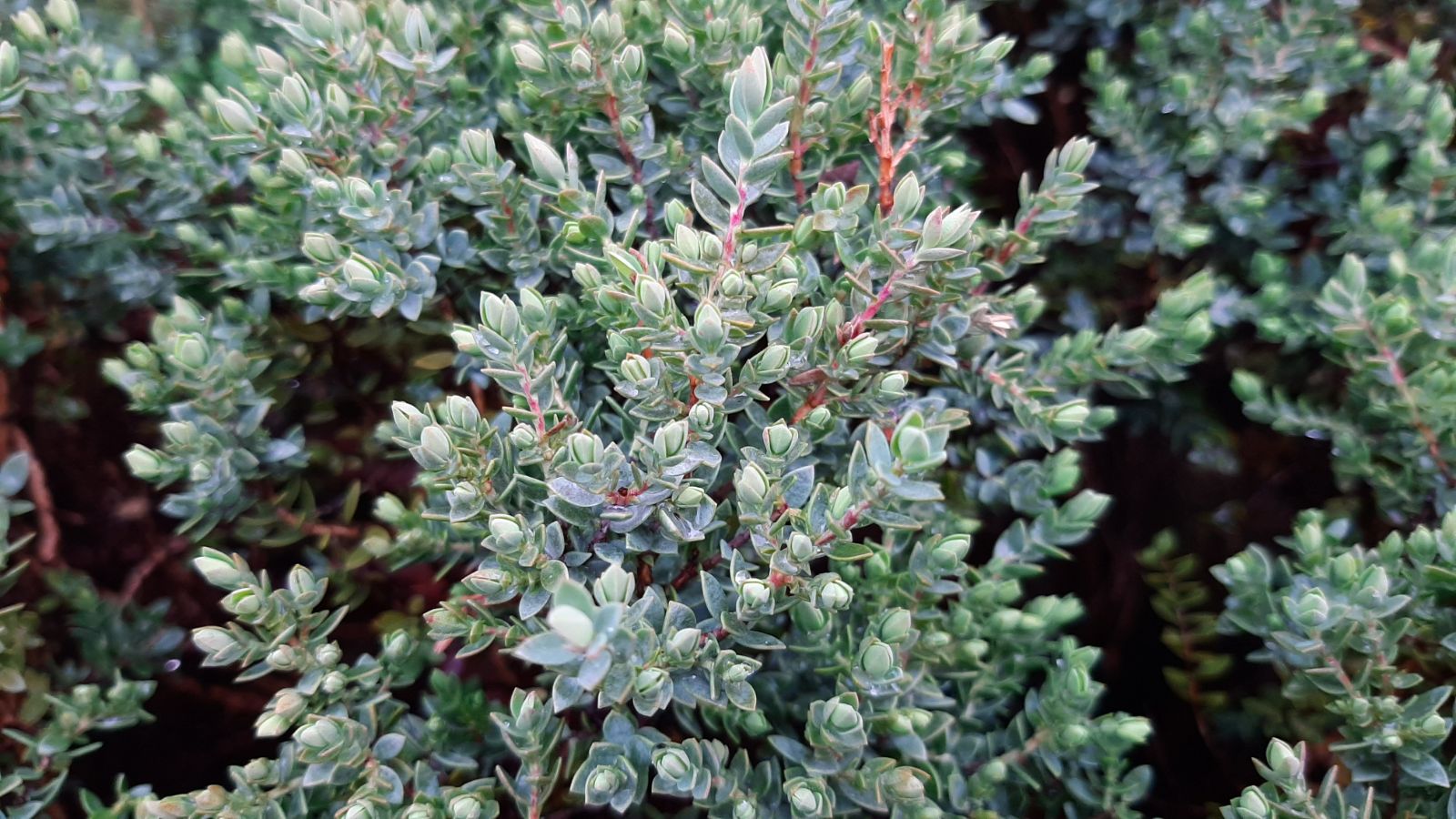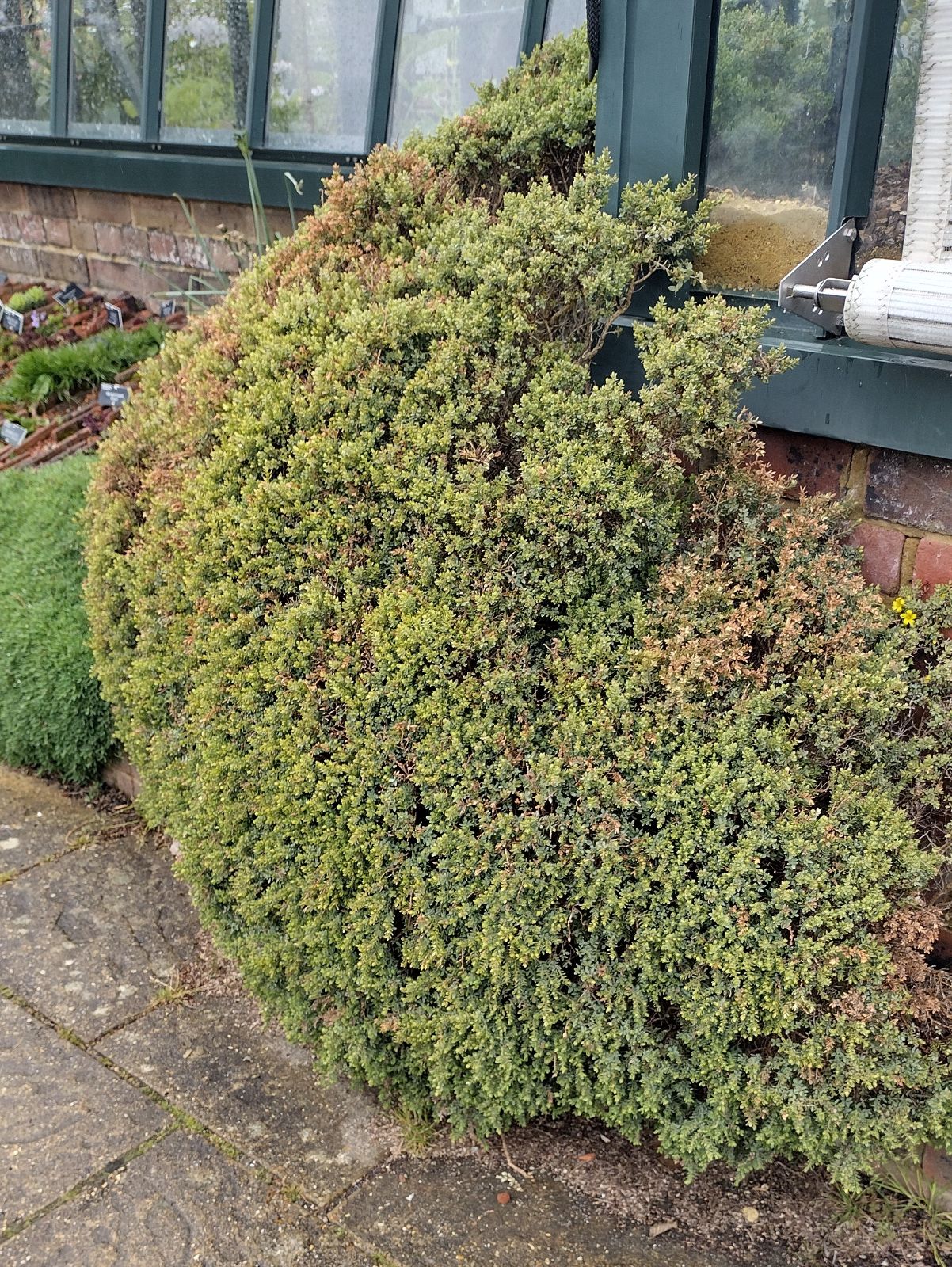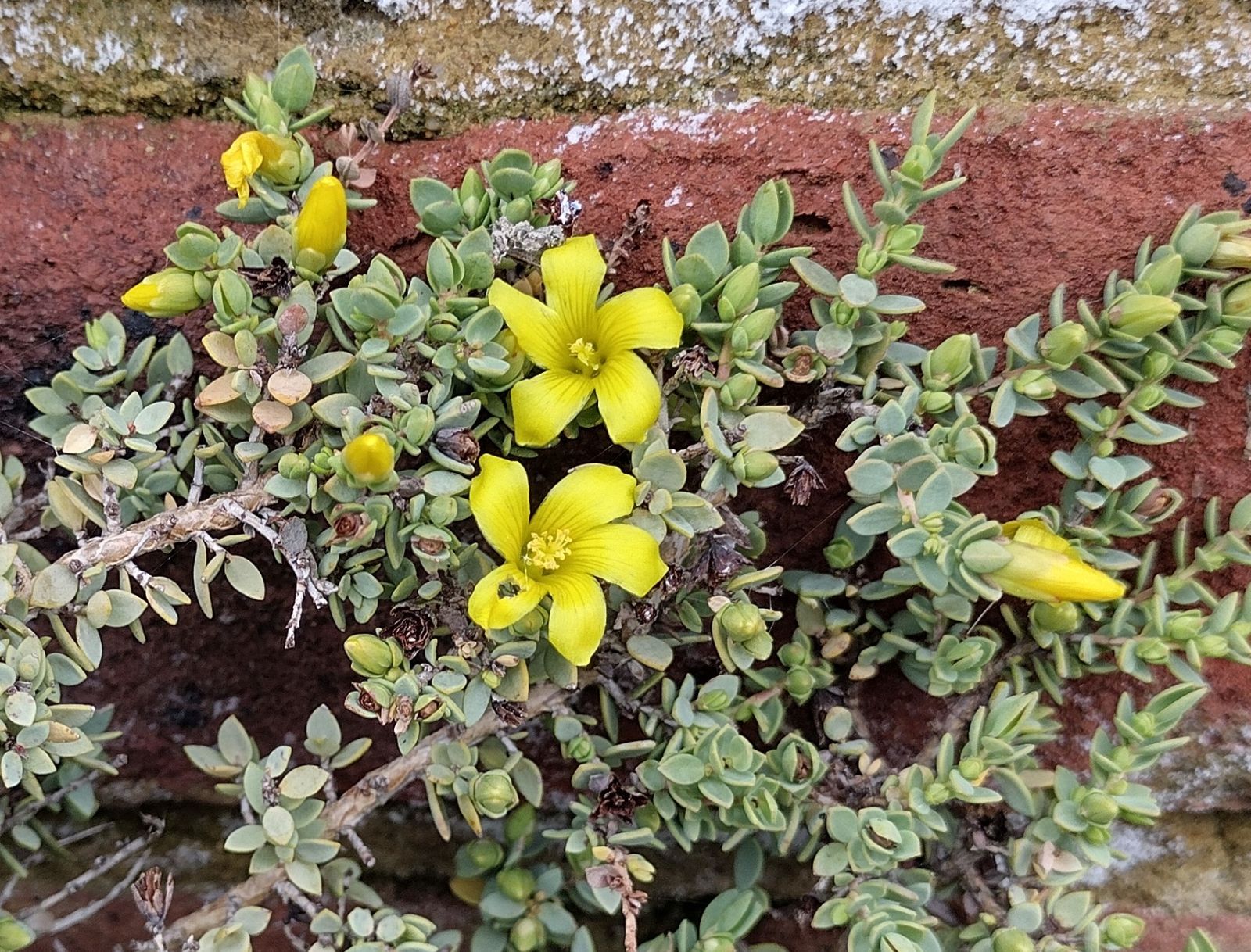Hypericum aegypticum
Credits
Article from Bean's Trees and Shrubs Hardy in the British Isles
Recommended citation
'Hypericum aegypticum' from the website Trees and Shrubs Online (treesandshrubsonline.
Genus
Other taxa in genus
- Hypericum acmosepalum
- Hypericum addingtonii
- Hypericum androsaemum
- Hypericum augustinii
- Hypericum balearicum
- Hypericum bellum
- Hypericum buckleyi
- Hypericum calycinum
- Hypericum cerastoides
- Hypericum chinense
- Hypericum choisianum
- Hypericum cordifolium
- Hypericum coris
- Hypericum × cyathiflorum
- Hypericum densiflorum
- Hypericum 'Eastleigh Gold'
- Hypericum empetrifolium
- Hypericum ericoides
- Hypericum forrestii
- Hypericum frondosum
- Hypericum galioides
- Hypericum grandifolium
- Hypericum 'Hidcote'
- Hypericum hircinum
- Hypericum hookeranum
- Hypericum hypericoides
- Hypericum × inodorum
- Hypericum kalmianum
- Hypericum kouytchense
- Hypericum leschenaultii
- Hypericum lobbii
- Hypericum monogynum
- Hypericum × moseranum
- Hypericum × moserianum
- Hypericum nudiflorum
- Hypericum olympicum
- Hypericum patulum
- Hypericum prolificum
- Hypericum reptans
- Hypericum revolutum
- Hypericum stellatum
- Hypericum subsessile
- Hypericum wilsonii
- Hypericum xylosteifolium
A dwarf, evergreen shrub 1 ft or more high, with round stems. Leaves crowded, ovate or obovate, pointed, 1⁄8 to 1⁄3 in. long, greyish green. Flowers solitary at the end of short twigs, pale golden yellow; petals erect rather than spreading, 1⁄4 in. long; sepals oblong, erect, half as long as the petals. Stamens in three bundles, united for about half their length, alternating with three fleshy staminodes. Bot. Mag., t. 6481.
Native of the Mediterranean coasts and islands, but not of Egypt; said to have been introduced in 1787, but now rarely seen. The reason of this, no doubt, is its tenderness; it can only be grown permanently cither in our mildest districts or with winter protection. This is unfortunate, for it is one of the daintiest and prettiest of its genus. It flowers in August.
From the Supplement (Vol. V)
This species, a member of the section Adenotrias, is a native of North Africa, and of the Mediterranean (mostly on islands) from Sardinia to Crete. Of the other two species in this section, H. aciferum is an endemic of Crete and H. russegeri a native of southern Anatolia and adjoining Syria (Robson, op. cit. (1981), p. 198).




